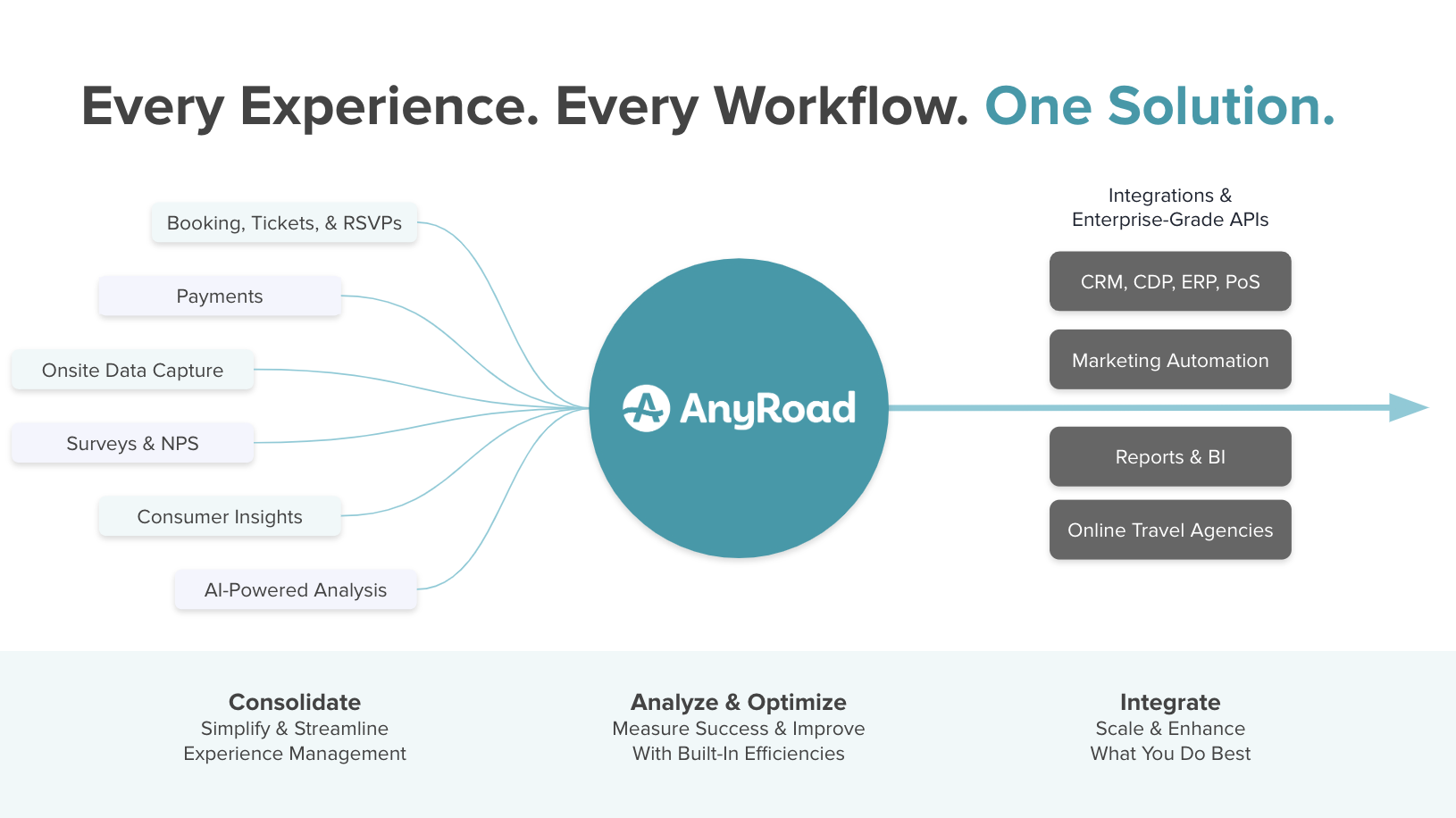Want to create long-lasting consumer loyalty? Immerse them in engaging learning experiences! With insights from Sur la Table, Michaels, and Kindred, we highlight five ways on how to best leverage educational experiences to build advocacy, foster community, and grow revenue.
One of the most effective ways brands can inspire loyalty and retain customers is through educational experiences. Engaging your customers with experiences will keep them coming back time and time again — the single greatest indicator of brand loyalty.
But the pandemic forced in-person gatherings into being virtual ones, leaving brands that relied heavily on in-store classes and events to find a way to adapt. However, after more than a year in this new space, such brands are thriving.
Even though nothing beats the magic of IRL experiences, in a recent global benchmark report on the key trends shaping the future of experiential marketing, the vast majority (85.3%) say that online experiences are here to stay, even after the pandemic subsides.
So it’s evident that brands need to integrate some form of virtual classroom content into its experiential mix, now and going forward. For ideas on how you can provide compelling virtual educational experiences, we pulled together high-profile brand leaders for a recent customer panel, “Experiential Learning: How Brands Are Using Educational Content to Create Loyalty.”
Here are their top 5 actionable insights:
1. Optimize Discoverability
With virtual experiences, brands first needed to show consumers how to access new, online experiences before even getting to the content itself.
“You’re teaching people how to use a site, you’re teaching people how to register with you,” said Racquel Joseph, Chief Experience Officer at Kindred. “There are so many different processes that you have to streamline, make efficient, and give people time to adapt and adopt.”
Joseph added that teams should understand “what is operational versus what is experience,” and revealed that she’d noticed event attendance metrics grow with Kindred’s publishing of simple explainer gifs.
2. Start Small, Test, and Iterate
Natalie Brown, Head of Marketing at Sur La Table, noted that there are now a series of tools brands can use to try out virtual education experiences, from Instagram Stories to Facebook Live. Brands, therefore, do not have to leap into the deep end of the pool and launch a Zoom class with a registration fee, for example.
“You can start small. You can try things in social. … Test those, get a following, find out formulas that work; keep testing it, scaling, and growing.” Brown said.
Jen Harness, Director, Content & Experience at Michaels Stores agreed and added that Michaels thrived in part because they “didn’t wait for perfection.” They experimented out of the gate, and adapted based on customer insights.
“Instead of worrying about putting together a perfect program for online the way we had in-store, it was just: What can we do?” Harness said. “We planned a month, then we added more classes; now it’s crazy [and] it feels like we’ve been doing this for a very long time.”
3. Pay Attention to the Data
In developing new content and tweaking it for improvements, Joseph also suggested monitoring consumer response via a series of metrics. There’s “engagement percentage with each of our products,” she said, as well as “registration rates and what percentage of people are returning.”
Kindred looks at NPS — “How excited are people about us versus how neutral are they?” — and the opens and forwards of newsletters where they promote experiences. The company also tracks the number of customers who use guest passes.
4. Create Big Dividends by Cultivating a Community
Other data can unwittingly lead to fresh, raw revenue streams as well. Harness said after examining customer feedback during free events, the team learned that many sought what she called “high-level classes” and as a result, they launched paid classes that focus on skills related to craft machine learning to take tech skills to the next level.
It’s longer and a more intimate class of 50 — as opposed to the other Michaels classes that host thousands at a time. Attendees talk to each other and it generally feels, Harness said, like an in-store class.
“If you begin to get comfortable … that’s where you stand to lose,” Harness observed. “You have to continuously listen and ask those questions … because if you don’t, [consumers are] going to take a pivot and you’re going to miss them.”
Joseph said Kindred’s pivot to online instruction — a true leap for her brand in particular — naturally lent itself to cultivating “an online community.” Kindred was then better positioned to embrace the power of original content and allowed the company to “tap into” the recent “uptick in engagement in social good.”
Through the online classes, “We offer a chance to make social good a part of daily leadership and daily life,” Joseph said.
5. Go Hybrid — It’s the Future
Our expert panel believes that in a post-pandemic world, hybrid experiences — some combination of in-person and virtual — will be the new normal. How do they plan to coordinate such content? The same way they did the all-virtual classes.
“Keep listening to your customers,” Brown said. “Find ways to engage with them, listen to them, understand what they want, meet them where they are. Those are basic things that if you’re doing that now it sets you up to be able to ride out the next year, two years.”
In light of all the pivots brands had to make in last year, “We’re in a state of nimbleness,” Brown added. “Don’t lose that, keep that muscle strong.”For more information on the ways your brand can leverage educational content in the short and long term, watch the entire customer panel here.



.png)

%2012.57.51%E2%80%AFa.m..png)
